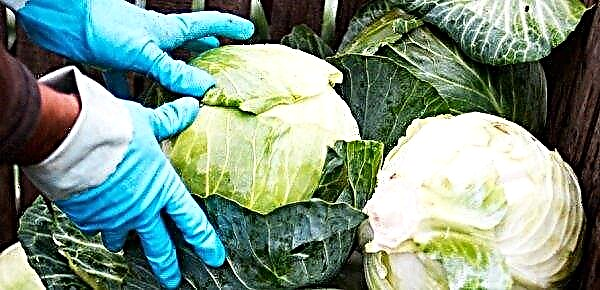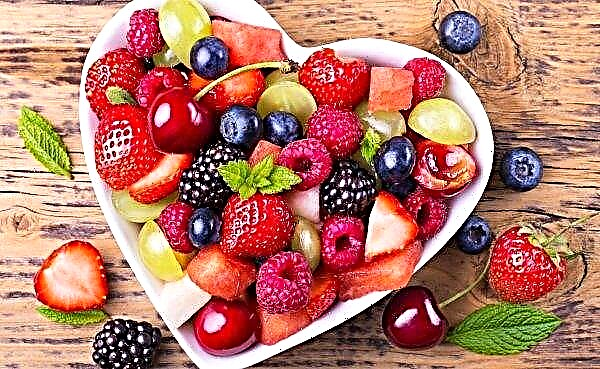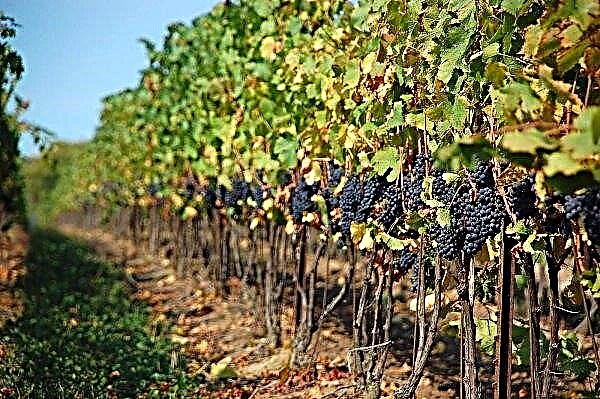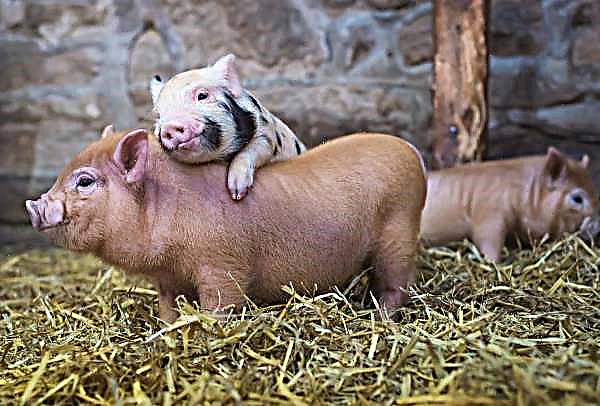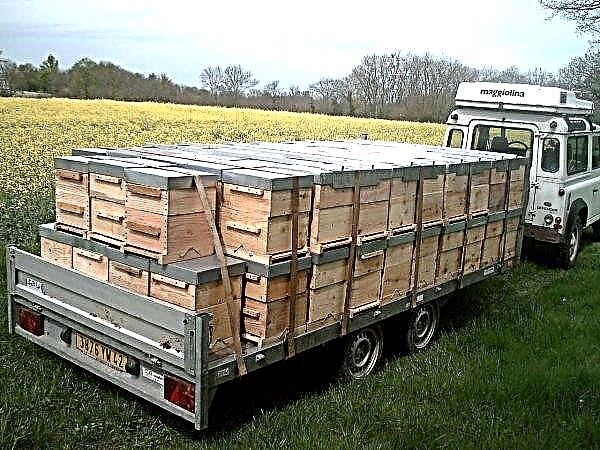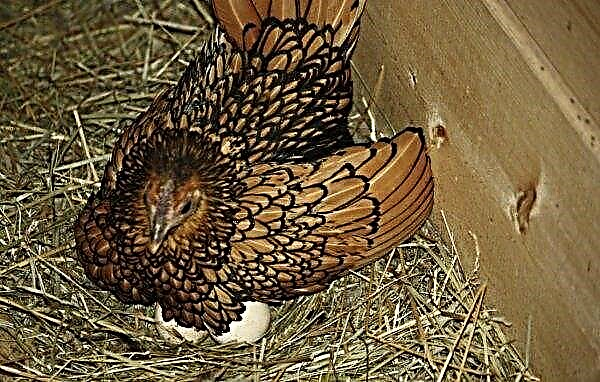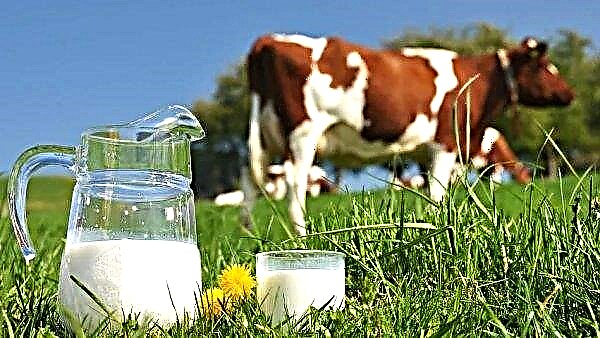Even those people who never went on a “quiet hunt” heard about russula. These are delicious mushrooms that are widespread in Europe. However, not all of their species can be eaten - some species cause poisoning. The list of edible and dangerous russula you will find below.
Biological description
All Russula belong to the genus Russula. There are many varieties, but the general description is similar. The hat is lamellar, spherical or domed, most often with the edges turned down, the diameter is from 2 to 15 cm. As it develops, it becomes more flat.

The skin of most species is dry, in some varieties oily. Color can vary from light green to purple. The structure of the skin differs depending on the type - sometimes it separates easily, sometimes it fits snugly on the pulp, and in some cases it cracks. The pulp is white.
In terms of taste, in edible varieties it is tender, in inedible varieties it is spicy.. The plates are tightly attached to the hat, often brittle, white or light brown. The leg is straight, about 5 cm high, similar in shape to a cylinder. May be thinner or thicker at the bottom. The color is often white, although there are also colored ones.
Varieties of Edible Russula
Science allocates only 275 species in the Russula genus. Of these, only 60 species grow in the CIS. Of the existing species, most of the fungi are edible. The most common of them are yellow, gray, blue, green, food, fork and swamp varieties.
Yellow
Two kinds of russula have such a name: golden yellow and light yellow. The golden yellow Russula has a thin hat, in the first stages of growth it is convex, then it is dented in the center. The color of the peel is yellow and its shades.
 The golden variety is distinguished by a very fragile pulp of a hat and legs. The smell is like the scent of roses. The taste is sweet, bitterness is absent. It grows in all types of forests.
The golden variety is distinguished by a very fragile pulp of a hat and legs. The smell is like the scent of roses. The taste is sweet, bitterness is absent. It grows in all types of forests.
The mushroom is a light yellow variety in convex shape. The hat is rich yellow, partly buffy. The pulp is strong, white, when cut it turns gray. Mushrooms are slightly fragrant. The pulp is often sweet, sometimes a speck is present.
Did you know? Latin name "russulus" translates as "reddish." This is due to the color of the caps of most mushrooms.
Gray
Medium-sized mushroom with a meaty hat. The skin is gray, sometimes grayish-green or pale gray. The pulp is dense, tasteless, white inside, but turns pink when cut. It has no pronounced aroma.

Blue
Russula of this species is also called azure. It grows mainly in coniferous plantings. It occurs mainly near ordinary spruce, with which it forms mycorrhiza. A distinctive feature is the blue color of the hat. Color varies from blue to dark lilac, is uneven. The taste is pleasant, soft.

Green
Outwardly, the mushroom is unattractive. The peel of the hat is pale green or light marsh; from a distance it resembles the color of a toadstool. However, this mushroom is quite edible. The taste of the pulp is soft, even a little sweet. You can find mushrooms in forests of any type.

Food
One of the most valuable types of russula. The leg is straight, white. The hat is brown, but there are various color variations - from red-pink to gray. Occasionally, mushroom pickers come across a completely white food russula. The mushroom does not exude an obvious aroma, but has a pleasant taste, partly nutty. It is found in all types of forests.

Forked
The second name of the species is multi-plate.. The hat can be different: yellow with a darker center, greenish or slightly brown. Leg conical, white. The plates are densely arranged, intertwined at the base, hence the name of the mushroom. It grows under beeches, hornbeams, oaks and other broad-leaved trees.

Marsh
This species has a red hat, a little brown in the middle. The color of the legs is often pale pink, sometimes pure white. The flesh is tasteless. The aroma is weak, fruity notes prevail. Wet russula grows mainly under pine trees. They are also found in mixed forests.

False russula
Mushrooms of the genus Russula for the most part can be eaten. However, a number of species are unsuitable for cooking. Such russula is called false. These are inedible fungi that cause poisoning and gastrointestinal upset.. False russes include red, birch, pink, brittle and pungent varieties.
Did you know? In the time of Kievan Rus, Russula was never eaten raw. The mushrooms were boiled twice and only after that they were baked in the oven.
Red
The second name is bloody. A distinctive feature is a rich red hat, the diameter of which does not exceed 6 cm. The shape is flattened, slightly convex. The leg is pink. The pulp tastes sharp. The smell is ordinary mushroom. In open areas rarely grows. Most often, the mushroom can be found in coniferous or mixed forests.

Birch
A variety of high toxicity. The hat is red and pink, some of the copies are white. The aroma is weak. The taste is pungent, unpleasant. It grows mainly near birches in places of high humidity.

Pink
It features pink hats. The skin of a young fruiting body is rich red, then washed to a paler shade. The taste is not bitter, rather menthol. The smell is like a fruity. It mainly grows under deciduous trees, and is found in pine plantations. Data on the inedibility of this species vary.. Some sources indicate that the pink variety is suitable for consumption.

Breaking
You can determine the variety by the fragility of the pulp. Young mushrooms are strong, then they become brittle, literally crumble in their hands. The skin color is often purple in different shades, from reddish to pale.
Important! If you do not understand the preparation of conditionally edible mushrooms, it is better not to even try to cook them. The harm from improper preparation exceeds the possible benefits.
There are also white, yellow and gray-green hats. The mushroom is not eaten because of the very bitter taste. In fact, a brittle russula refers to conditionally edible mushrooms. It is poisonous in its raw form, but after salting it can be used in food.

Burning hot
This mushroom is also called emetic.. Stinging russula can be identified by an unpleasant odor. The taste is spicy, which is why the mushroom got its name. Another characteristic feature of the pungent look is a red-purple hat, sometimes with a pinkish tinge. Most often grows near pines.

Signs of Poisoning Russula Poisoning
Toxicologists divide mushroom poisoning into 4 types. False russula is dangerous poisonous milky juice, therefore, belongs to the 4th group.
Important! At the first symptoms of poisoning, you need to induce vomiting and give the patient "Enterosgel", activated charcoal or another sorbent. Then it is recommended to call a doctor.
The picture of poisoning in stages is as follows:
- A maximum of 6 hours after consumption, a person weakens, he begins diarrhea, nausea and vomiting.
- Within 2 days, symptoms of gastrointestinal upset are clearly manifested.
- Then the poison leaves the body and the patient recovers.

Fatalities from the use of false russula is not recorded. However, the symptoms of poisoning are unpleasant, therefore, it is not worth eating inedible mushrooms.
When collecting russula, always pay attention to their color, shape and smell. Externally attractive mushroom can be hazardous to health. It’s better to once again make sure that you’ve made the right choice than to drink medicine and suffer. A competent mushroom picker always carefully collects forest crops, so as not to harm themselves and loved ones.

